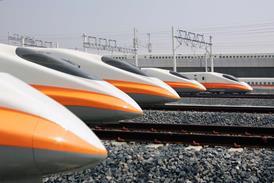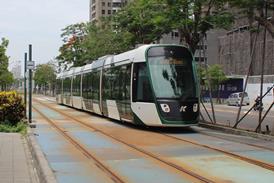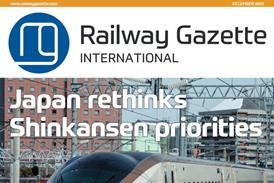Three cities place joint tram order
By Metro Report International2021-02-17T12:28:00

GERMANY: The cities of Frankfurt an der Oder, Brandenburg and Cottbus have jointly awarded Škoda Transportation a €110m contract to supply 24 trams, with an option for a further 21.
Already have an account? LOG IN
To continue…
You’ve reached your limit of content for the month
Get enhanced access to Railway Gazette news and weekly newsletters.

For almost 200 years, the Railway Gazette Group has been the leading provider of news, analysis and intelligence for the international railway industry. Our independent and authoritative content is read by operators, regulators and the supply industry in over 140 countries using a variety of tailored subscription packages.
Site powered by Webvision Cloud



